
Genome damage and Cancer Biology.
@lablegube.bsky.social
@cbitoulouse.bsky.social
bit.ly/4kFWGr1

@lablegube.bsky.social
@cbitoulouse.bsky.social
bit.ly/4kFWGr1

We report that DDIAS is a new component of the mitotic CIP2A-TOPBP1 pathway of genome maintenance. 1/n
www.biorxiv.org/content/10.1...

We report that DDIAS is a new component of the mitotic CIP2A-TOPBP1 pathway of genome maintenance. 1/n
www.biorxiv.org/content/10.1...

www.nature.com/articles/s41...
We discovered that PARP inhibitors 💊 trigger histone eviction from the chromatin and this creates a hidden vulnerability in PARPi resistant tumors.
🧵 (1/8)

www.nature.com/articles/s41...
We discovered that PARP inhibitors 💊 trigger histone eviction from the chromatin and this creates a hidden vulnerability in PARPi resistant tumors.
🧵 (1/8)
Now online here 👇🏼 academic.oup.com/nar/article/...
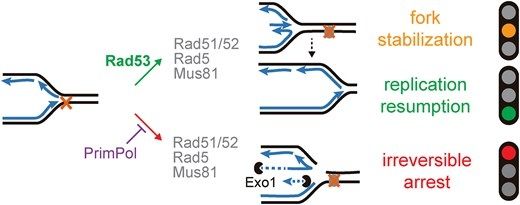
Now online here 👇🏼 academic.oup.com/nar/article/...
Link: www.nature.com/articles/s41...
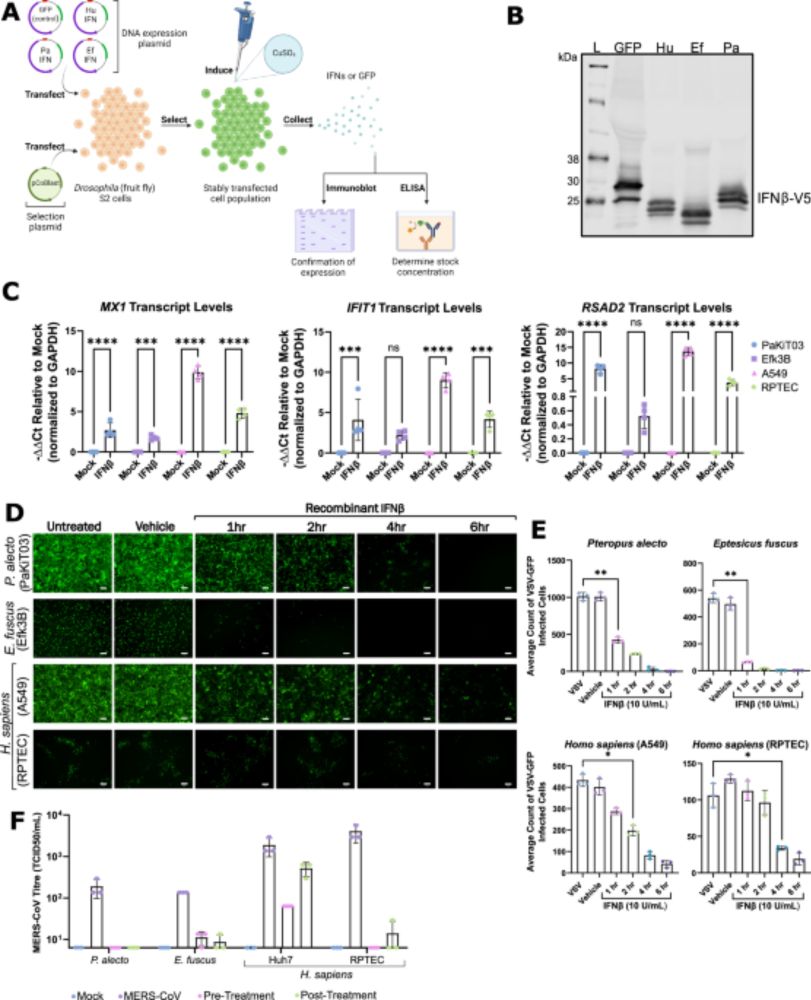
Link: www.nature.com/articles/s41...
I'm very happy with this article piece! 🥳
www.the-scientist.com/science-thri...

I'm very happy with this article piece! 🥳
www.the-scientist.com/science-thri...
www.science.org/doi/10.1126/...
www.nytimes.com/2025/06/12/s...

www.science.org/doi/10.1126/...
www.nytimes.com/2025/06/12/s...
Register Today: emgs-us.org/event/OxiDNA...
Register Today: emgs-us.org/event/OxiDNA...
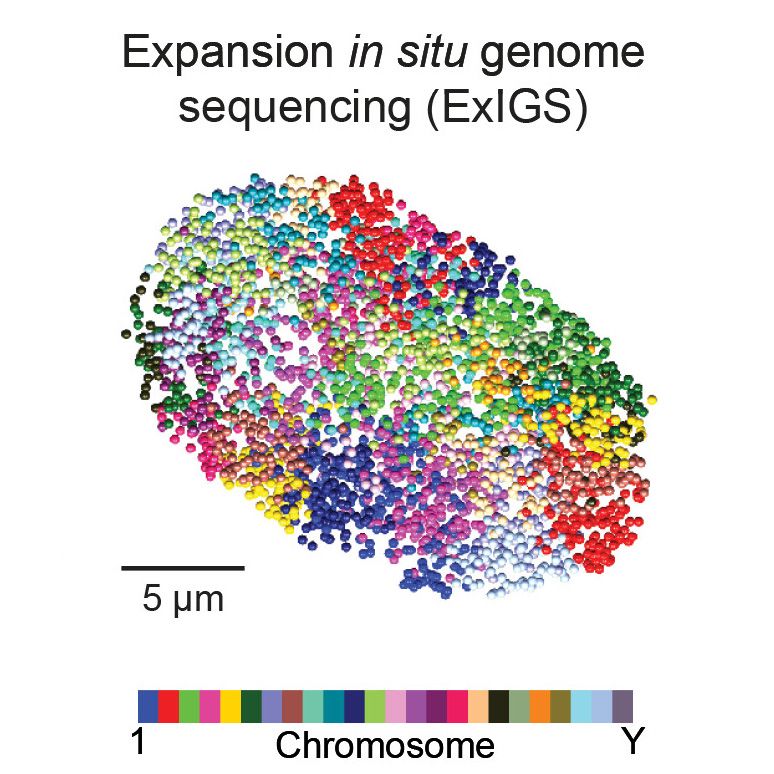

🧬 Full protocol 👉 www.sciencedirect.com/science/arti...
Thanks to @buissonlab.bsky.social at @ucirvine.bsky.social!

🧬 Full protocol 👉 www.sciencedirect.com/science/arti...
Thanks to @buissonlab.bsky.social at @ucirvine.bsky.social!
Grateful to my mentor and collaborators who made it possible! @buissonlab.bsky.social @ucirvine.bsky.social
🔗 www.science.org/doi/10.1126/...

Grateful to my mentor and collaborators who made it possible! @buissonlab.bsky.social @ucirvine.bsky.social
🔗 www.science.org/doi/10.1126/...
We are hiring so please contact us if you are interested.
www.caswelllaboratory.com
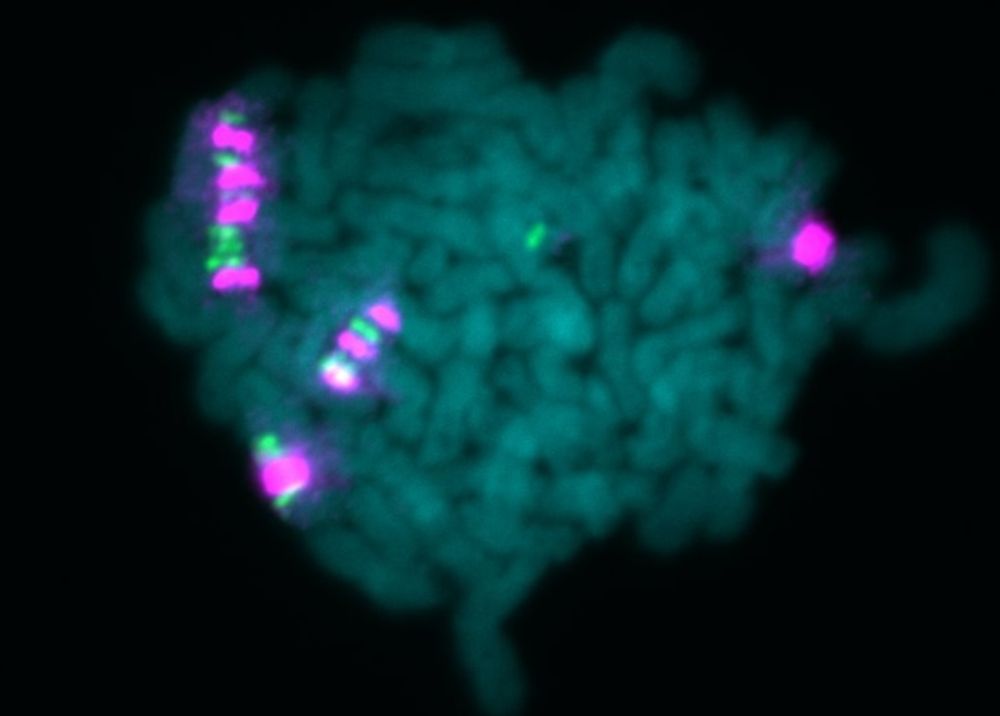
We are hiring so please contact us if you are interested.
www.caswelllaboratory.com
"Cooperative role of PACT and ADAR1 in preventing aberrant PKR activation by self-derived double-stranded RNA"
Another step forward in understanding innate immunity. @buissonlab.bsky.social
🔗 www.nature.com/articles/s41...

"Cooperative role of PACT and ADAR1 in preventing aberrant PKR activation by self-derived double-stranded RNA"
Another step forward in understanding innate immunity. @buissonlab.bsky.social
🔗 www.nature.com/articles/s41...
HMCES corrupts replication fork stability during base excision repair in homologous recombination–deficient cells | Science Advances www.science.org/doi/10.1126/...

HMCES corrupts replication fork stability during base excision repair in homologous recombination–deficient cells | Science Advances www.science.org/doi/10.1126/...
Can’t wait to talk about our work at the DNA Replication Gaps, Cancer and Disease meeting in South Korea next month!
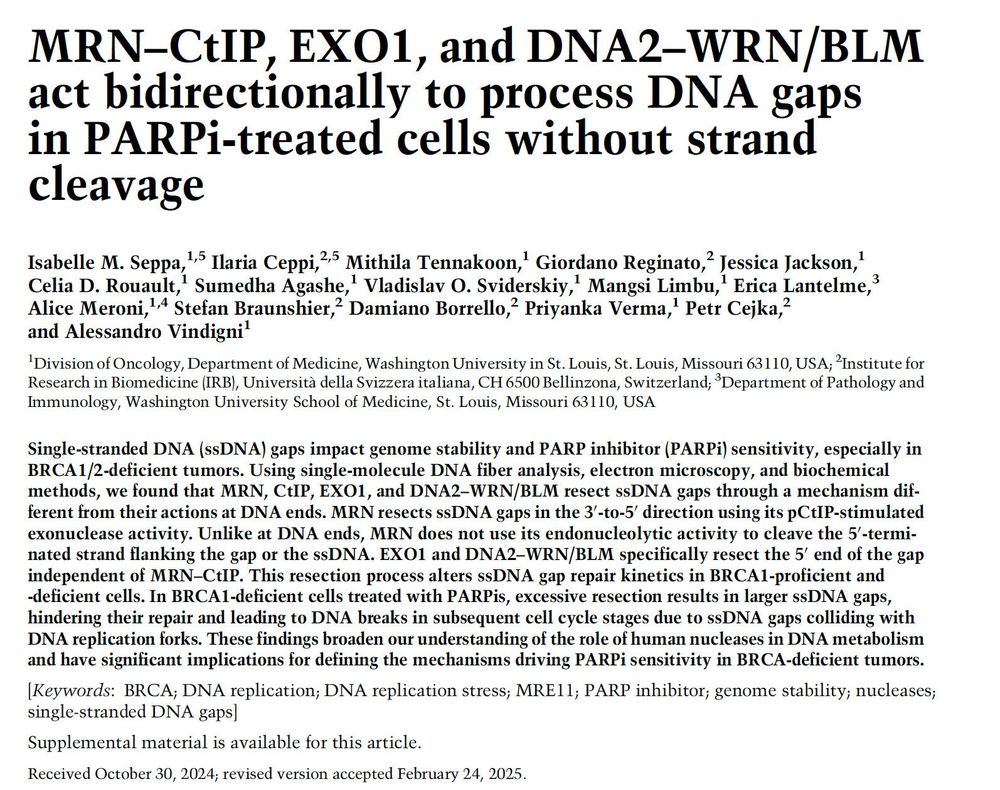
Can’t wait to talk about our work at the DNA Replication Gaps, Cancer and Disease meeting in South Korea next month!
www.science.org/doi/10.1126/...

www.science.org/doi/10.1126/...
www.biorxiv.org/content/10.1...
www.biorxiv.org/content/10.1...


